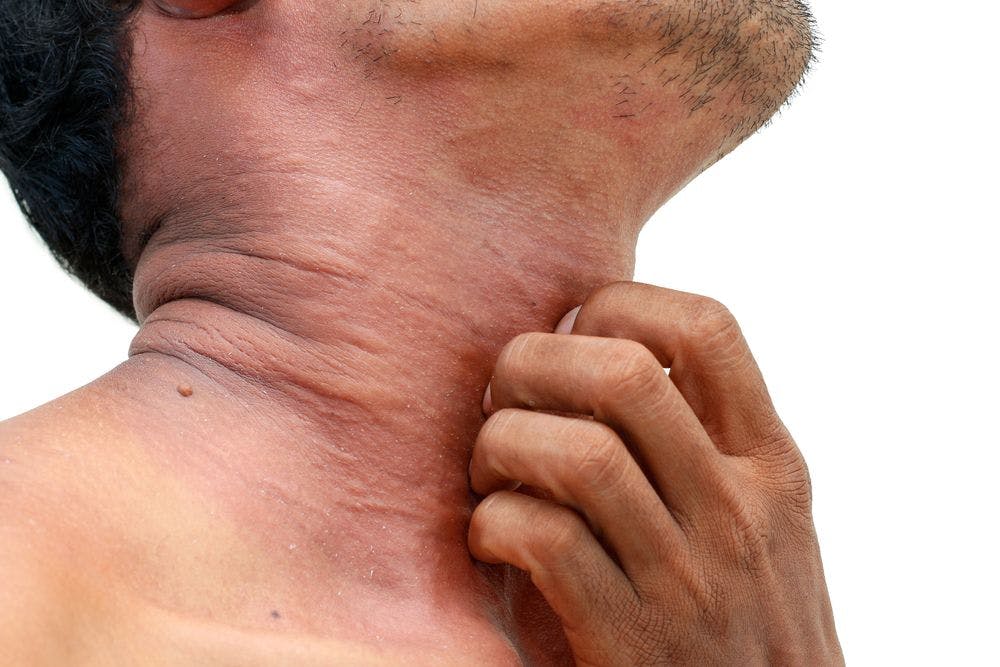- Acne
- Actinic Keratosis
- Aesthetics
- Alopecia
- Atopic Dermatitis
- Buy-and-Bill
- COVID-19
- Case-Based Roundtable
- Chronic Hand Eczema
- Chronic Spontaneous Urticaria
- Drug Watch
- Eczema
- General Dermatology
- Hidradenitis Suppurativa
- Melasma
- NP and PA
- Pediatric Dermatology
- Pigmentary Disorders
- Practice Management
- Precision Medicine and Biologics
- Prurigo Nodularis
- Psoriasis
- Psoriatic Arthritis
- Rare Disease
- Rosacea
- Skin Cancer
- Vitiligo
- Wound Care
Publication
Article
Dermatology Times
Customization Drives Pediatric Acne Treatment Regimens
Author(s):
Treatment regimens for pediatric acne should consider skin type, ethnicity, disease severity and personal preferences, according to one expert.
Acne regimens for pediatric patients should consider skin type, ethnic background, acne severity, lifestyle and personal preferences as essential components in a treatment plan, according to Manasi Kadam Ladrigan, MD. The course of skin lesions, along with need, safety, agents used for treatment should also be tailored to age in neonatal, infantile, early childhood, pre-adolescent and adolescent acne.
Ladrigan is a pediatric dermatologist at Comprehensive Dermatology of Rochester PLLC, Pittsfield, New York. She outlined new approaches for treating pediatric acne as part of a part of her presentation, “What’s new in pediatric dermatology” at the 2020 Virtual American Academy of Pediatrics (AAP) National Conference & Exhibition held in October 2020.
Therapy Customization
She recommended gels and lotions for oily skin and creams for drier skin. Though retinoids should be avoided for pediatric patients with skin sensitivities, special new retinoids that are less irritating may be indicated.
In addition to gold standards such as topical retinoids, benzoyl peroxide, and oral antibiotics, Ladrigan noted the efficacy of hormonal therapies such as oral contraceptives and spironolactone, especially for acne on the temples, jawline, or neck. Recently approved treatments for acne include clascoterone (Winlevi; Cassiopea), a topical androgen receptor inhibitor; trifarotene (Aklief, Galderma), a new topical retinoid; sarecycline, (Seysara, Almirall), a narrow-spectrum tetracycline; and topical minocycline foam (Amzeeq, Foamix Pharmaceuticals).
Oral retinoids often show efficacy in patients with inflammatory conditions with scarring acne that does not respond to oral antibiotics and topical agents within 6-8 weeks, she added.
Pediatric Dermatology Update
Ladrigan also provided updates on other skin diseases impacting the pediatric population such as hidradenitis suppurativa (HS). This skin disorder is characterized by a variable presentation from small comedones with minimal inflammation to large painful pustules, cysts, scars, and sinus tracts. Often considered an autoinflammatory condition, its etiologies mentioned include increased friction on the skin, abnormal microbiomes, and follicular occlusions.
Among the initial treatments Ladrigan recommended are wearing loose-fitting clothing, using oral anticholinergics to reduce sweat, reducing weight in obese patients, and smoking cessation.
Oral tetracyclines and trimethoprim / sulfamethoxazole and antiandrogenic agents such as drosperidone and spironolactone can be effective systemic therapies. For patients with persistent resistant disease, Ladrigan noted extensive clinical support for the use of immunomodulator adalimumab (Humira, Abbvie Inc) as a second- or third-line agent.
She also discussed hemangiomas, which, she said, “can be devasting for patients” who spend “years looking for therapies to try to resolve the scars.” Because hemangiomas exhibit rapid growth between 1 and 3 months, Ladrigan emphasized the need for early referral, preferably by 1 month of age, with propranolol treatment until 12 months.
In addition to propranolol, Ladrigan mentioned topical timolol as an alternative treatment for uncomplicated thin, small hemangiomas referred early in their course.
Ladrigan concluded the session with a description of other recent advances in pediatric dermatology. Janus kinase (JAK) inhibitors recently have been shown to improve hair growth in patients with alopecia areata after 6 to 12 months, although FDA approval is still needed for this use.

Newsletter
Like what you’re reading? Subscribe to Dermatology Times for weekly updates on therapies, innovations, and real-world practice tips.


























